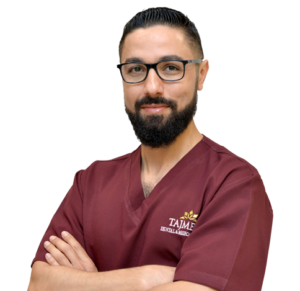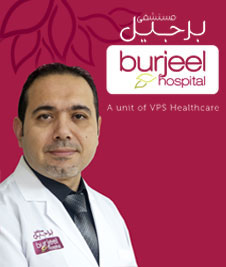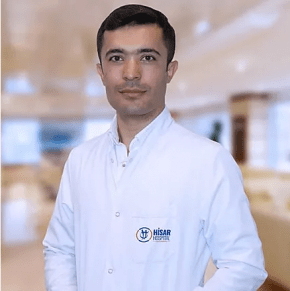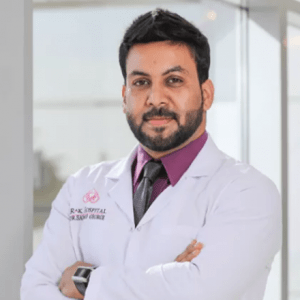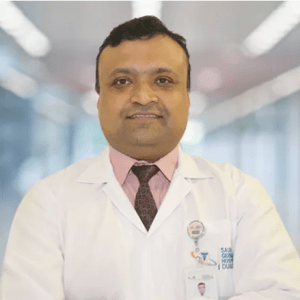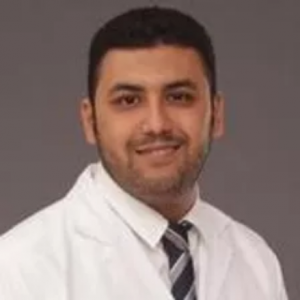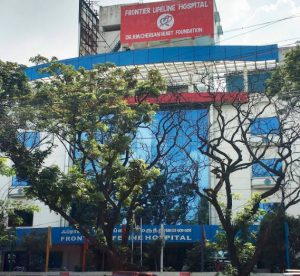Temporomandibular Joint Dysfunction Treatments
Temporomandibular joint dysfunction (TMJ) is a condition that affects the joints of the jaw and the surrounding muscles and ligaments. This condition can cause the individual several issues, including headaches, pain in the jaw and difficulties in opening and closing their mouth. The condition can also be referred to as temporomandibular joint disorder. The temporomandibular… Read More
Top Doctors For Temporomandibular Joint Dysfunction Treatments Treatments
Top Hospitals For Temporomandibular Joint Dysfunction Treatments Treatments
Temporomandibular Joint Dysfunction Treatments
Temporomandibular joint dysfunction (TMJ) is a condition that affects the joints of the jaw and the surrounding muscles and ligaments. This condition can cause the individual several issues, including headaches, pain in the jaw and difficulties in opening and closing their mouth. The condition can also be referred to as temporomandibular joint disorder. The temporomandibular joints are two and are located on either side of the face just in front of the ears. They connect the lower jaw bone to the skull and aid in activities like speaking and chewing food. The condition is more common in women than in men and affects up to 5-10% of the general adult population. It is also more common in individuals within the age range of 20-40. There are three classifications of TMJ dysfunctions, according to healthcare providers, they include:
- Disorders of the jaw joints
- Disorders of the chewing muscle
- Headaches that arise from temporomandibular joint dysfunction
What is the cause of TMJ dysfunction?

There is no singular cause of TMJ dysfunction, but it can result from many different factors or a combination of factors. Some of the causes may include:
- Bruxism, which is excessive grinding or clenching of the teeth
- Stress
- Injuries to the jaw
- Arthritis in the jaw joint
- Malocclusion, which is when the teeth do not fit together exactly as they should
It is also important to note that while an individual cannot control the factors that cause this condition, certain activities may make the condition worse, like:
- Using the teeth like tools, especially when they are used to open bottle caps or tear cloth tags
- Chewing on pens or other items
- Chewing ice
- Excessive gum chewing
- Poor posture
- Sleeping on the stomach
- Taking really big bites out of food is capable of overstressing the jaw muscles
- Teeth clenching or grinding
What are the symptoms seen in TMJ dysfunction?
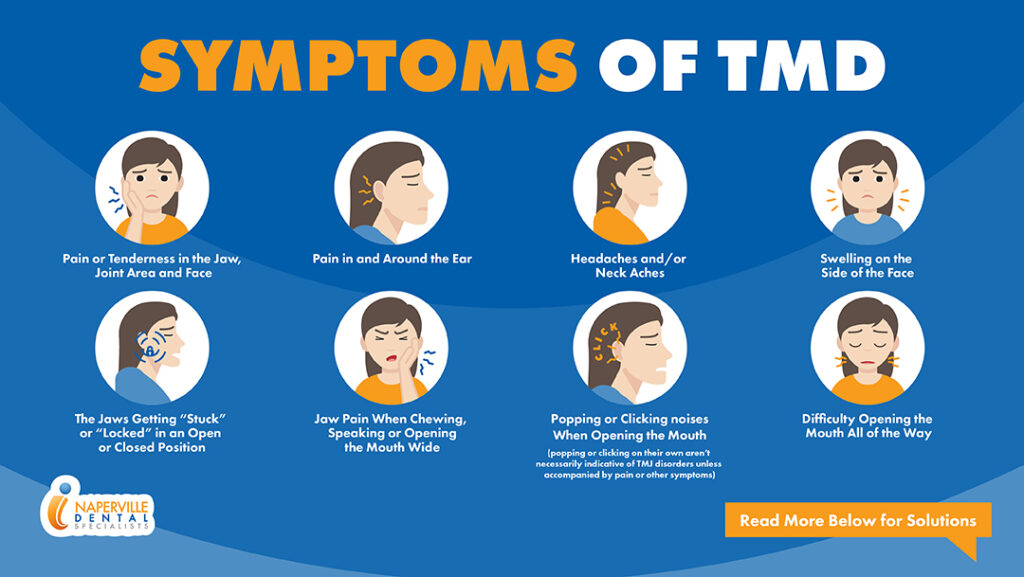
Some of the symptoms seen in the condition include:
- Facial pain
- Jaw pain
- Toothaches
- Ear aches
- Migraines
- Stiffness of the jaw
- Neck pain
- Shoulder pain
- Clicking of the jaw or popping of the jaw
- Ringing in the ears
- Malocclusion
- Difficulty in opening or closing the mouth
The condition can contribute to a range of complications, including chronic pain, bruxism-related wear and tear of the teeth, as well as limited chewing function in an individual. Some of the factors overlap, making it very difficult to identify the exact cause. In some cases, it can take a long time to find the treatment that will work for the individual.
How is the condition diagnosed?
The doctor or the dentist will ask about the symptoms being experienced. They will also conduct a physical examination of the jaw. Some of these include:
- Observe the range of motion of the jaw
- Listen to and feel the jaw when the patient opens and closes the mouth
- Press on areas around the jaw to pinpoint the sites of discomfort and or pain
Further investigations may require the ordering of tests, like:
- Dental X-rays to properly visualize and then examine the patient’s teeth and jaw
- CT scan to provide a detailed image of the bones involved in the joint
- MRI to reveal issues with the joint disk or surrounding soft tissue
An arthroscopy can sometimes be used to diagnose the condition. It involves the insertion of a small thin tube with a camera attached to it into the joint space. Then, this is used to visualize the area and help in determining the cause of the condition.
How is the condition treated?

In some cases, the symptoms experienced in the condition may go away without any intervention. However, if the symptoms persist, a variety of treatment options may be available for the patient, usually more than one carried out at the same time.
Medication
This is a non-surgical intervention which may help in relieving the pain associated with the condition. Some of the medications that may be administered include:
- Pain relievers and anti-inflammatories – If non-prescription pain medications do not stop the pain experienced, the healthcare provider may prescribe stronger pain relievers.
- Tricyclic antidepressants – While these medications are usually prescribed for cases of depression, in low doses they can sometimes work as pain relievers, and help in the control of bruxism and insomnia.
- Muscle relaxants – They can be prescribed to help stop the pain that is caused by conditions that were created by muscle spasms.
Surgery
When other methods do not help, the doctor may suggest any of the following surgical interventions:
- Injections – Corticosteroid injections into the joint may be helpful in some people. Also, in some cases, the injection of Botox into the jaw muscles may relieve the pain associated with the condition.
- Arthrocentesis – This is minimally invasive, and it involves the insertion of a small needle into the joint, fluid is then irrigated into the joint to flush out debris and inflammatory materials trapped in the joint.
- Arthroscopy – This can be very effective in treating the condition. In this procedure, a small cannula is placed in the joint space. An arthroscope is then inserted, along with other small surgical tools. The procedure has fewer risks and complications compared to open-joint surgery.
- Modified condylotomy – The surgery addresses the condition indirectly, as it is carried out on the mandible and not the affected joint itself. It may help address the pain, especially if locking is also experienced.
- Open-joint surgery – This is usually used when the condition doesn’t respond to more conservative treatments. It is also employed when the issue looks like it is caused by structural problems in the joint. However, the procedure involves more risks and chances of complications and should be a last resort after considering the advantages and the disadvantages.
Other therapy
Some other therapies that are not surgical or medication-based for TMJ disorders include:
- Oral splints or mouth guards – Usually beneficial to individuals with jaw pain, they come in the form of a soft or firm device that is inserted over the teeth. The exact reasons why they are very beneficial are not exactly well understood.
- Physical therapy – Some of the treatments include the application of moist heat, ice, and some exercises that are aimed at strengthening and stretching the jaw.
- Counselling – This is targeted at enlightening the patient on the factors that can aggravate the pain so that they avoid them. Activities like clenching of the teeth, fingernail biting, or leaning on the chin.
Alternative medication can also be sought as a complementary therapy. They may help manage the chronic pain that is often associated with TMJ disorders. Some examples include:
- Acupuncture – This is the insertion of hair-thin needles at specific locations on the body by a specialist. It can help manage chronic pain.
- Relaxation techniques – In some cases, conscious deep breathing exercises can help relax tense muscles, which can then reduce pain.
Meditour agencies can also offer overseas medical treatment for patients. They are also referred to as medical travel agencies. They are usually desired by patients who seek a form of treatment or therapy that is not available in their home country. This can be considered as a form of medical tourism or health tourism.

